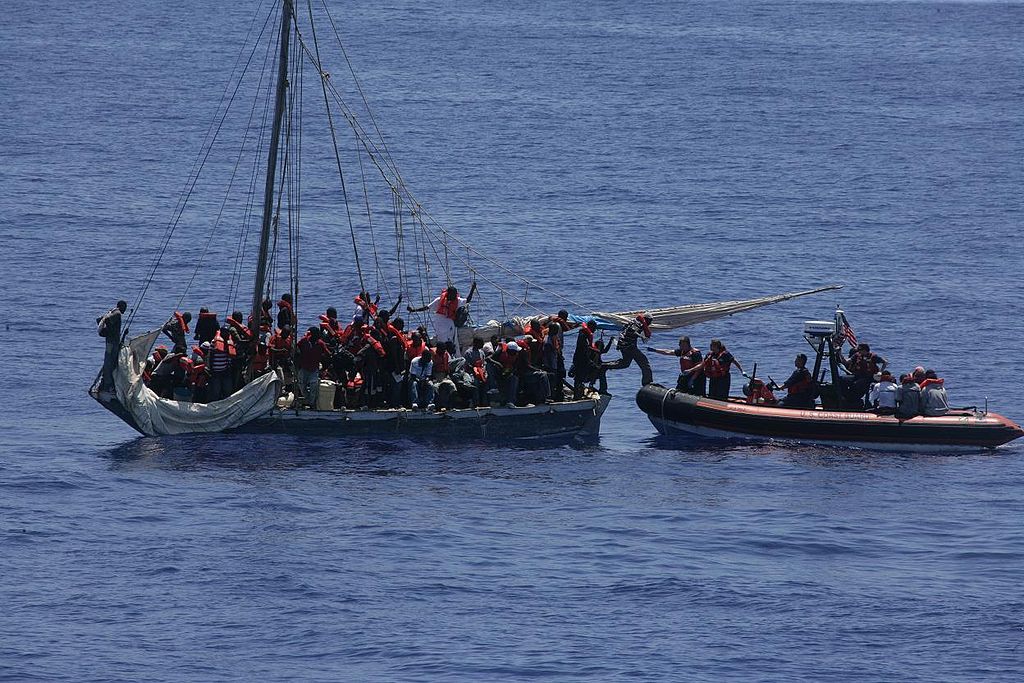A UN migration agency reported Tuesday that 2022 was the deadliest year for migrants crossing from the Middle East and North Africa (MENA) into Europe. According to a report from the International Organization for Migration’s (IOM) Missing Migrants Project, a record number of 3,800 people died along migratory routes over the past year. The report underscored the urgent need for action to improve the safety and protection of migrants amid rising tensions in the region.
The data, though recognized as undercounted due to the challenges in collecting information, sheds light on the magnitude of the problem. The recorded deaths in 2022 represent an 11 percent increase from the previous year.
More than half of the total 6,877 deaths recorded worldwide by the project occurred in the MENA region. The perilous sea journeys accounted for the majority of fatalities, particularly among those departing from Lebanon to Greece and Italy. At least 174 deaths were reported on this route alone, comprising nearly half of the overall death toll on the Eastern Mediterranean route. Many of the deceased remain unidentified, with up to 84 percent of recovered remains yet to be identified.
Land routes also posed significant risks, with 203 recorded deaths on North African routes, including treacherous crossings of the Sahara Desert, and an additional 825 deaths on Middle Eastern land routes. Libya had the highest number of recorded deaths, followed by Algeria, Morocco, Tunisia, and Egypt.
In August 2022, Syrian refugees were stranded on an island in the Evros River between Greece and Turkey. Despite international attention, no rescue efforts were made by either country. Instead, only the International Rescue Committee (IRC) advocated for their evacuation, and the UN High Commissioner for Refugees (UNHCR) expressed concerns for around 40 stranded individuals.
In light of these findings, the IOM called for increased international and regional cooperation, as well as resources, to address the humanitarian crisis and prevent further loss of life. This aligns with Objective Eight of the UN’s Global Compact for Migration, which emphasizes the need for collaborative efforts to ensure the safety and well-being of migrants.
The UNHCR also recently released its Global Trend Report from 2022, which estimated that more than 110 million people were forcibly displaced across the globe last year. The estimate marks a 30-year record high.


